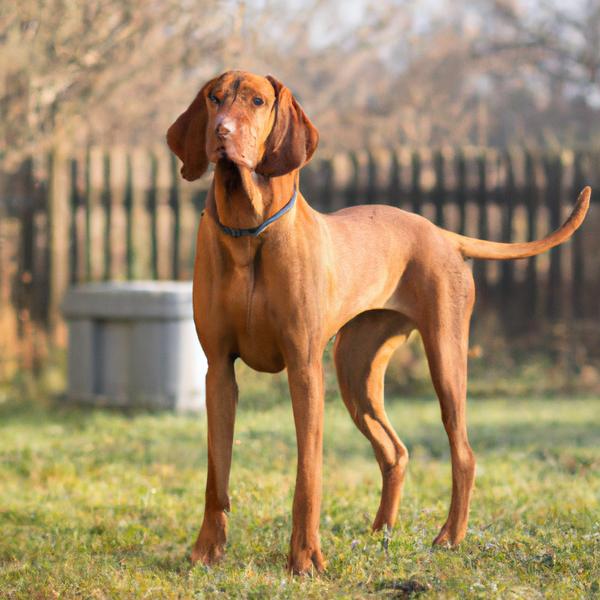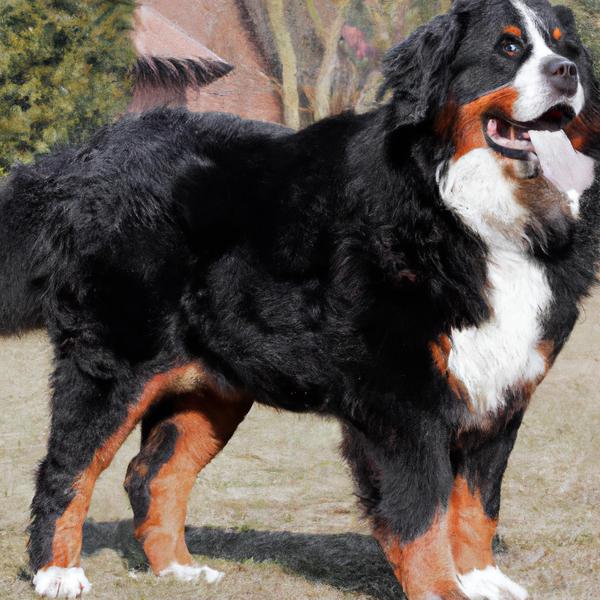Transylvizsla Hound vs. Great Bernese: Breed Differences and Similarities
Hypoallergenic
Are Transylvizsla Hounds or Great Berneses hypoallergenic, or neither?
Unfortunately, neither Transylvizsla Hound nor Great Bernese are hypoallergenic, which may not make them the best choice for dog lovers who suffer from pet allergies.
Temperament
What are the personalities of Transylvizsla Hound and Great Bernese dogs?
Playful
Independent
Energetic
Protective
Courageous
Intelligent
Friendly
Affectionate
Loyal
Territorial
Lively
Gentle
Trainable
Companionable
Cheerful
Quiet
Determined
Easygoing
Willing
Good natured
Enduring
Evenly Tempered
Intelligent
Confident
Affectionate
Patient
Loyal
Gentle
Strong
Willed
Fearless
Faithful
Shedding Level
Do Transylvizsla Hounds shed more than Great Berneses, or which breed sheds more, Transylvizsla Hounds or Great Berneses?
Transylvizsla Hounds are moderate shedders, but regular brushing can reduce shedding and maintain coat health.
Great Berneses are heavy shedders, but regular brushing can help manage shedding and promote a healthy coat.
Ancestry
What are the origins of Transylvizsla Hound and Great Bernese breeds?
Vizsla and Transylvanian Hound
Great Bernese and Great Pyrenees
Date of Birth
When were Transylvizsla Hound and Great Bernese breeds first developed?
Unknown
Mid 1900s
Eye Color Possibilites
What are the eye colors of Transylvizsla Hound and Great Bernese dogs?
Brown
Brown
Nose Color Possibilites
What are the natural nose colors of Transylvizsla Hound and Great Bernese?
Black
Brown
Black
Coat Color Possibilites
What are the natural colors of the coat for Transylvizsla Hound and Great Bernese breeds?
Brindle
Sable
Pied
Silver
Blue
Fawn
Red
Brown
Black
Black
White
Brown
Gray
Red
Coat Length
What is the typical coat length for Transylvizsla Hound and Great Bernese breeds?
Transylvizsla Hounds have coats that can be either short or medium in length.
Great Berneses have longer coats compared to most dogs.
Coat Density
What is the density of the coat of Transylvizsla Hound and Great Bernese?
Coat Texture
What is the hair texture of Transylvizsla Hound and Great Bernese?
Straight
Litter Size
What is the usual litter size for Transylvizsla Hound and Great Bernese?
A Transylvizsla Hound can have a litter of 6-8 puppies on average. However, it's worth noting that the size of the litters can vary greatly. Factors that can influence litter size include the health of the mother, breeding history, and genetics.
A Great Bernese can have a litter of 6-9 puppies on average. However, it's worth noting that the size of the litters can vary greatly. Factors that can influence litter size include the health of the mother, breeding history, and genetics.
Adaptability
Transylvizsla Hounds are highly adaptable and versatile, making them excellent companions for families and individuals of all lifestyles.
Great Berneses are known for their adaptability and can adjust well to different environments and lifestyle changes.
Health Issues
Between Transylvizsla Hound and Great Bernese, which breed is more prone to health problems?
Transylvizsla Hounds typically have low vet costs due to their good health, but it's important to monitor their health and seek vet care when necessary.
The Great Bernese breed is generally very healthy, requiring minimal vet visits. Still, it's important to keep an eye on their health and seek veterinary care when needed.
Major Concerns
What are the major health concerns for Transylvizsla Hound and Great Bernese breeds?
Hip And Elbow Dysplasia
Lymphoma
Tricuspid Valve Dysplasia
Bloat
Histicytosis
Addison's Disease
Meningitis
Joint conditions
Minor Concerns
What minor health issues should be kept in mind when owning Transylvizsla Hound and Great Bernese?
Entropion
Allergies
Progressive Retinal Atrophy (PRA)
Entropion
Cataracts
Epilepsy
Cerebellar Abiotrophy
Kidney Problems
Color Dilution Alopecia
Progressive Retinal Atrophy (PRA)
Occasional Tests
What occasional tests are recommended for Transylvizsla Hound and Great Bernese breeds?
Eye Examination
Skin Evaluation
Blood And Urine Analysis
Diagnostic Imaging
Cardiac Test
Biopsy
Electrocardiogram
Spinal Tap
Internal Imaging (x-ray, CT scan, MRI, etc.)
Blood And Urine Analysis
Blood and Urine Tests
Neurological Testing
Orthopedic Exam
Ocular Exam
Skin and Hair Exams
Social Needs
Transylvizsla Hound vs Great Bernese social needs comparison
Transylvizsla Hound and Great Bernese have above average social needs compared to other breeds. They thrive in environments where they have a lot of interaction with humans and other dogs.
Sleeping Need
Which of the two sleeps the most/least: Transylvizsla Hound or Great Bernese?
Transylvizsla Hound and Great Bernese dogs tend to sleep less than some other breeds, but it's still important for them to get adequate sleep in order to maintain good health.
Mouthiness
Mouthiness Comparison: Transylvizsla Hound vs Great Bernese?
Roaming urge
Transylvizsla Hound vs Labrador: Running away tendency?
Prey Drive
Transylvizsla Hound or Great Bernese - which breed has a higher level of prey drive?
Activity Level
Which breed has higher energy, Transylvizsla Hounds or Great Berneses?
Transylvizsla Hounds are high-energy dogs. They need mental as well as physical exercise. These dogs require a lot of your involvement and without it they can, and will, become problematic dogs.
Great Berneses are medium-energy dogs and typically enjoy socializing and playing casual or even sustained games of chase with other dogs. They may also have occasional periods of barking or racing around the house.
Tolerance of being left alone
Walks per Week
How many miles should Transylvizsla Hound or Great Bernese walk each week?
There's really no limit to how far you walk your dog as long as they're comfortable. For Transylvizsla Hound, it's at least 15 miles / week. Just remember to build distance and stamina gradually over time.
There's really no limit to how far you walk your dog as long as they're comfortable. For Great Bernese, it's at least 11 miles / week. Just remember to build distance and stamina gradually over time.
Activity per Day
Do Transylvizsla Hounds or Great Berneses require more exercise?
In general most Transylvizsla Hounds usually need at least 60 minutes of exercise daily. This can be spread across the day and include all sorts of high-energy activities, like walking, running and playing.
In general most Great Berneses usually need at least 45 minutes of exercise daily. This can be spread across the day and include all sorts of high-energy activities, like walking, running and playing.
Grooming
Which breed is easier to maintain in terms of grooming, Transylvizsla Hounds or Great Berneses?
The Transylvizsla Hound has low grooming needs and is easy to maintain.
The Great Bernese requires an average amount of grooming compared to other breeds.
Brushing Frequency
What is the recommended brushing frequency for Transylvizsla Hound and Great Bernese dogs?
Transylvizsla Hound should be brushed at least once a week. Of course you can give them more frequent brushes if you find that they are still shedding a lot
Ideally, Great Bernese should be brushed at least 2 or 3 times a week (preferably daily) improve shedding.
Brushing Tools
What brushing tools are used for Transylvizsla Hounds and Great Berneses?
Slicker Brush
Nail Clipper
Pin Brush
Slicker Brush
Dematter
Nail Clipper
Cups
How much food should be given to Transylvizsla Hound or Great Bernese in cups?
For an average 65-75 pound (29 - 34 kg) Transylvizsla Hound feed 2.5 cups daily. But, keep in mind, the amount you feed is going to be dependent on the quality of the food you are feeding.
For an average 85-115 pound (39 - 52 kg) Great Bernese feed 4 cups daily. But, keep in mind, the amount you feed is going to be dependent on the quality of the food you are feeding.
Daily Cost
Which breed has a higher daily cost, Transylvizsla Hound or Great Bernese?
The average cost of a Transylvizsla Hound is somewhere $2.20 - $3.40 per day.
The average cost of a Great Bernese is somewhere $3.90 - $4.20 per day.
Monthly Cost
Which breed has a higher monthly cost, Transylvizsla Hound or Great Bernese?
The average per month expenses of a Transylvizsla Hound is between $67 - $101. This makes an average of $804 - $1212 per year. It will be on the higher side when the dog is still small because it will need more frequent visits to the vet, shots.
The average per month expenses of a Great Bernese is between $112 - $126. This makes an average of $1344 - $1512 per year. It will be on the higher side when the dog is still small because it will need more frequent visits to the vet, shots.
Sensitivity Level
How do Transylvizsla Hound and Great Bernese compare in sensitivity?
This breed is sensitive to its environment and best suited for patient and understanding families with a consistent routine.
This breed is sensitive and requires gentle handling and a calm home environment.
Apartment Friendly
Which breed is more apartment-friendly: Transylvizsla Hound or Great Bernese?
Transylvizsla Hounds are good apartment dogs as long as they get enough exercise and stimulation outside of the apartment.
Great Berneses can do well in apartments with enough exercise and time outside, but a small yard would be ideal.
Child Friendly
Do Transylvizsla Hounds or Great Berneses have a friendlier temperament towards children?
Transylvizsla Hound and Great Bernese are kid-friendly dogs. They are good with children and excellent dogs with children if they are socialized and trained at a young age.
Senior-friendly
Which dog is more suitable as a pet for the elderly - Transylvizsla Hound or Great Bernese?
Cat Friendly
Do Transylvizsla Hound or Great Bernese breeds have a better compatibility with cats?
Transylvizsla Hounds are average in their friendliness toward cats and tend to do well with them, especially if raised together.
Great Berneses are good with cats, but early training is needed to prevent chasing behavior.
Dog Friendly
Which breed is more sociable with other dogs: Transylvizsla Hound or Great Bernese?
Transylvizsla Hounds are friendly and active companions, and can be good family pets, though their friendliness towards other dogs may vary.
Great Berneses are average in their friendliness towards other dogs, and socialization can help.
Pet friendly
How do Transylvizsla Hound or Great Bernese dogs interact with other pets?
Stranger Friendly
Which breed is more friendly with strangers: Transylvizsla Hound or Great Bernese?
Transylvizsla Hounds are friendly but may bark at strangers, and training is easy due to their intelligence.
Great Berneses are averagely friendly around strangers but benefit from early socialisation.
Playfulness
Which breed is more playful between Transylvizsla Hound and Great Bernese?
Transylvizsla Hounds are very playful, so adopting an older one might be a better option for a more relaxed experience.
Great Berneses have an average level of playfulness, enjoying playtime like most dogs but not excessively so.
Trainability
How do the trainability levels of Transylvizsla Hounds and Great Berneses compare?
Transylvizsla Hound and Great Bernese dogs are known for their ease of training and ability to learn quickly, making them a popular choice for pet owners and trainers alike.
Compare Transylvizsla Hound with other breeds
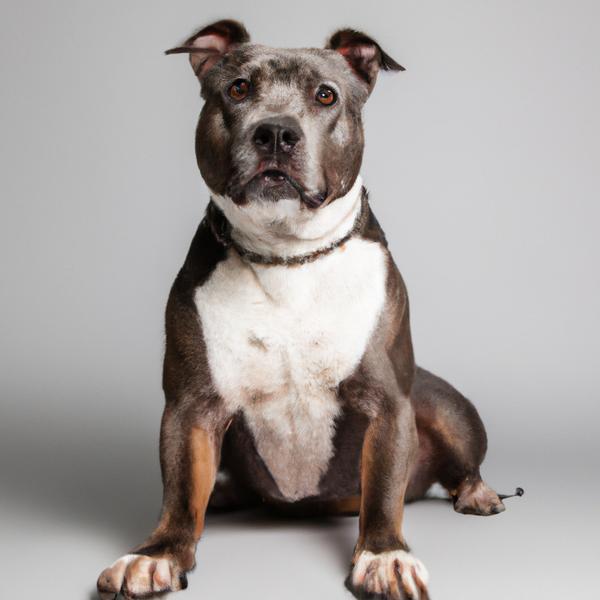
American Bull Staffy
Transylvizsla Hound vs American Bull Staffy
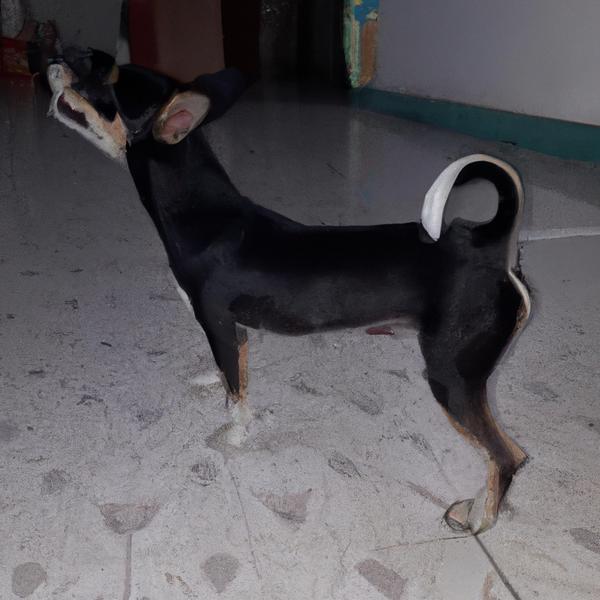
Papijack
Transylvizsla Hound vs Papijack
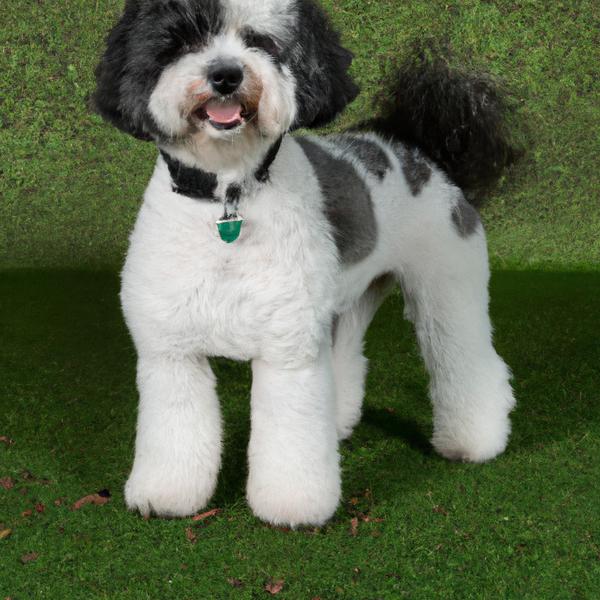
Bostchon
Transylvizsla Hound vs Bostchon
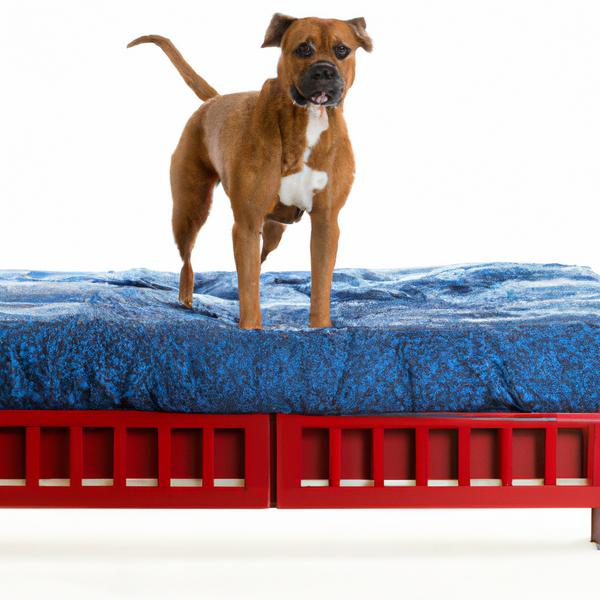
Boxspring
Transylvizsla Hound vs Boxspring
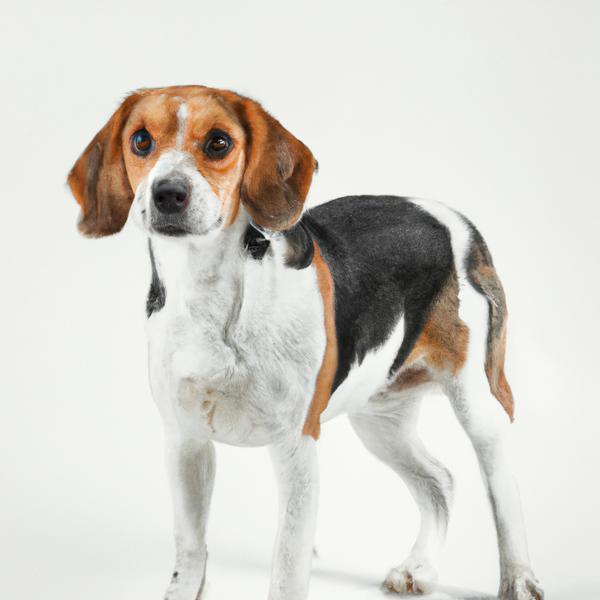
Border Beagle
Transylvizsla Hound vs Border Beagle
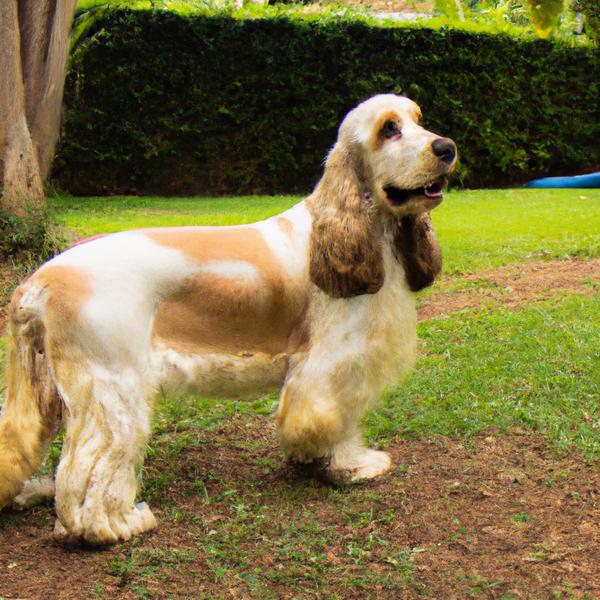
Colonial Cocker Spaniel
Transylvizsla Hound vs Colonial Cocker Spaniel
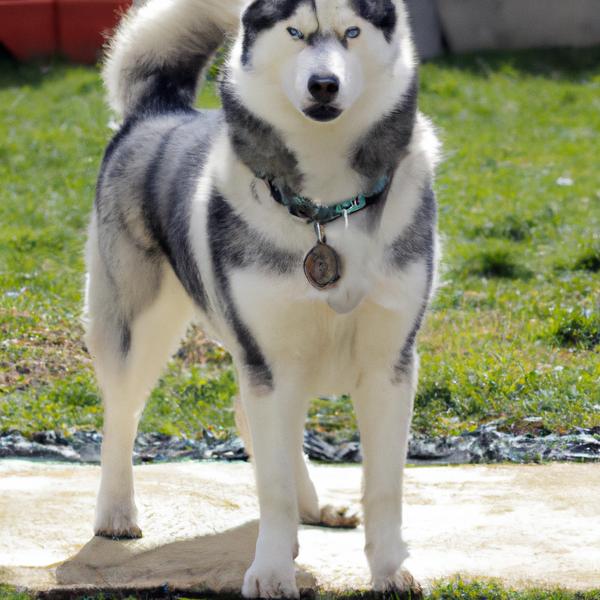
Ausky
Transylvizsla Hound vs Ausky
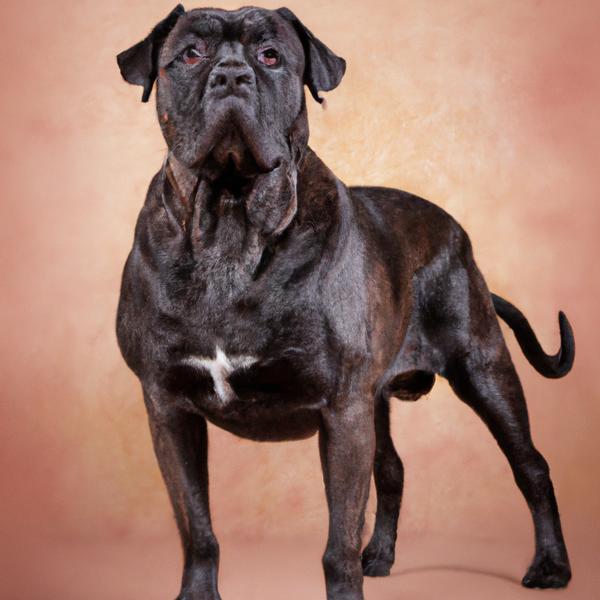
Cane Corso
Transylvizsla Hound vs Cane Corso
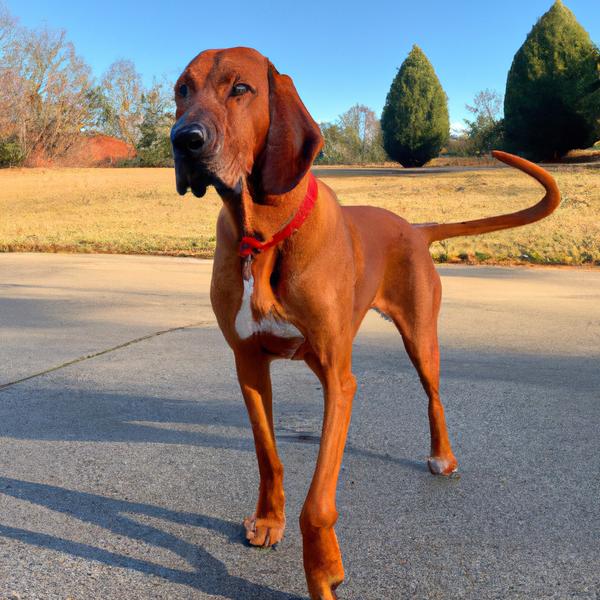
Redbone Coonhound
Transylvizsla Hound vs Redbone Coonhound
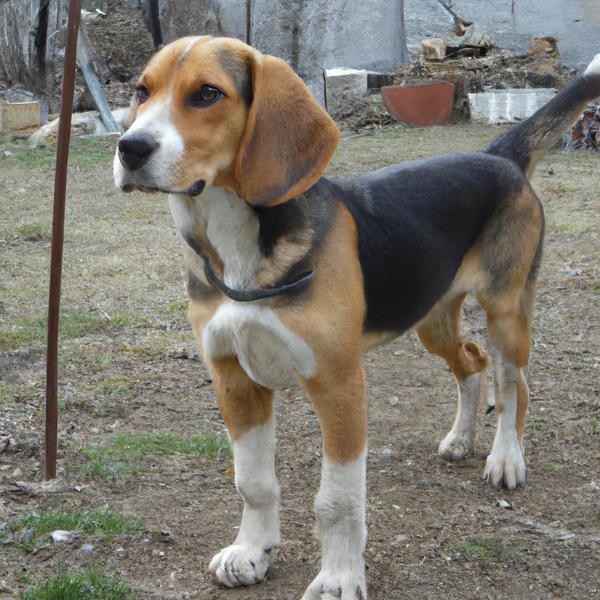
Beagle Shepherd
Transylvizsla Hound vs Beagle Shepherd
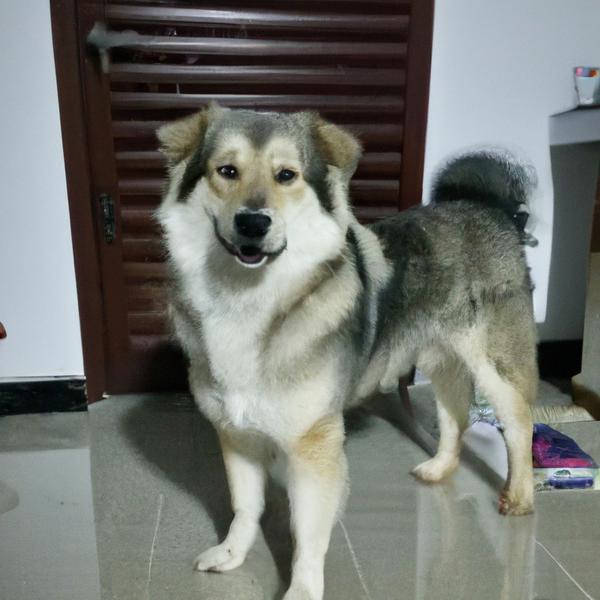
Nekita
Transylvizsla Hound vs Nekita
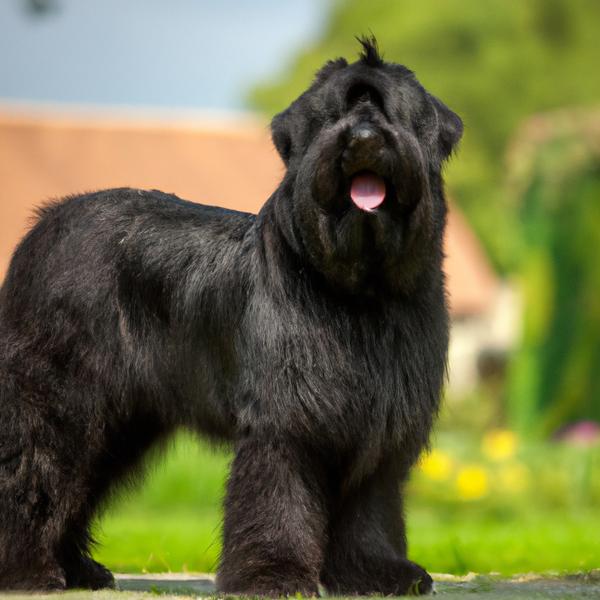
Giant Bolonauzer
Transylvizsla Hound vs Giant Bolonauzer
